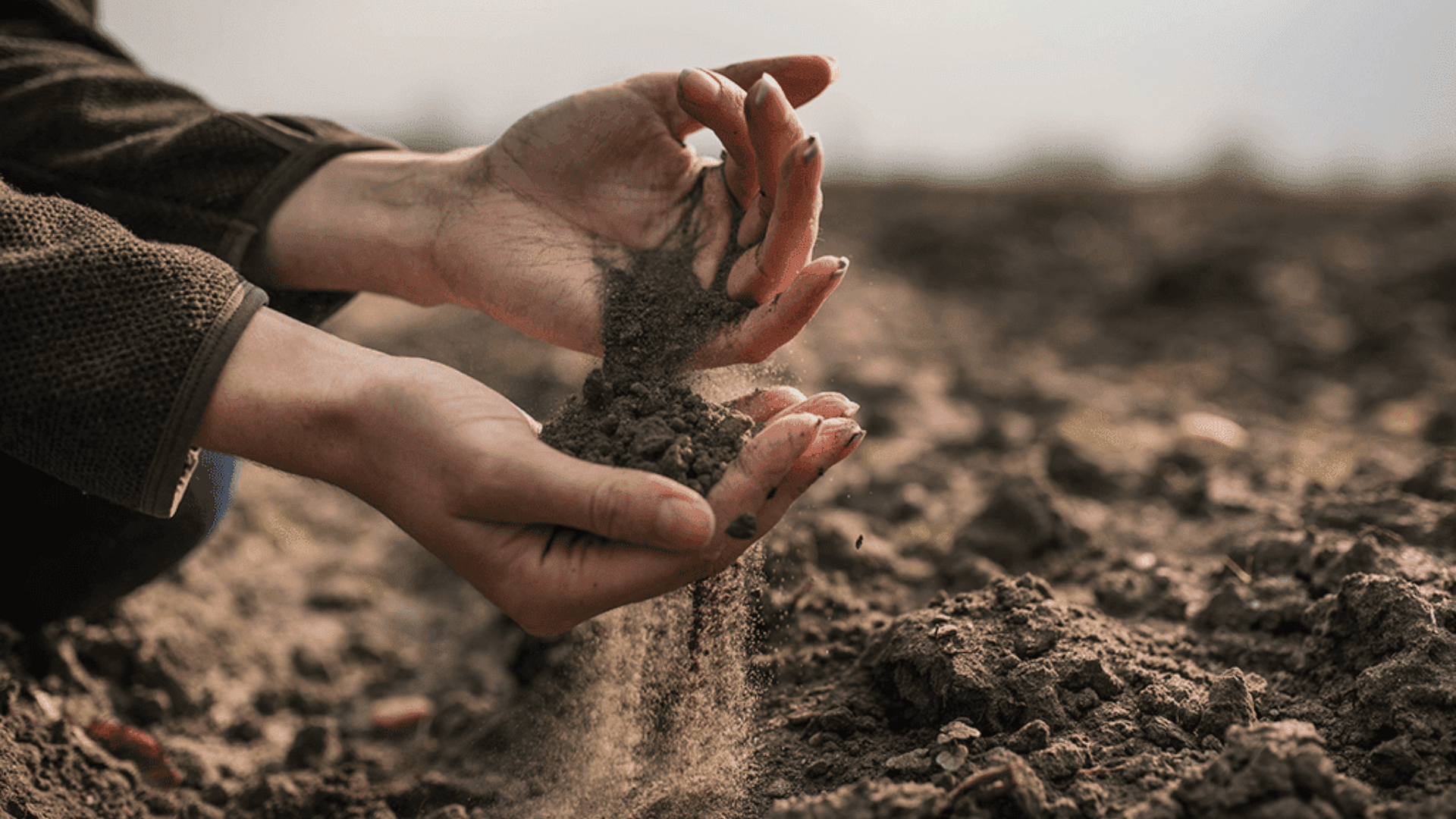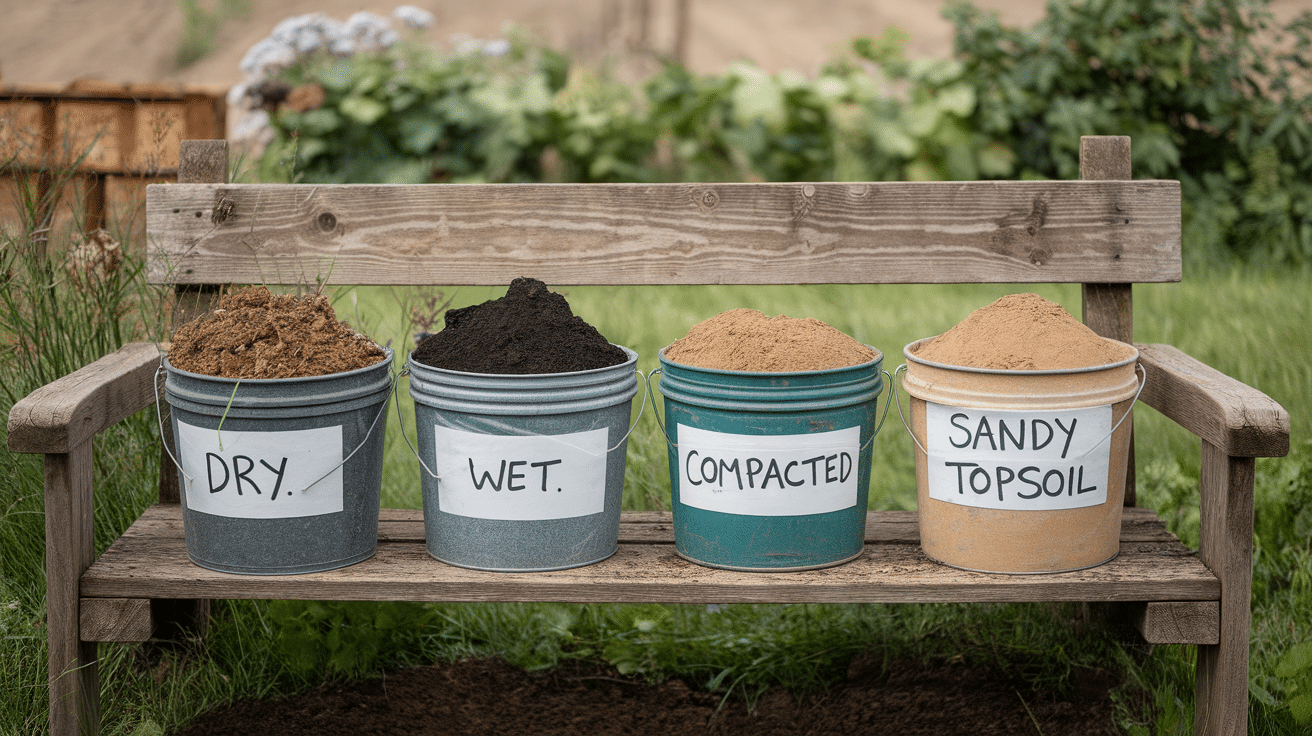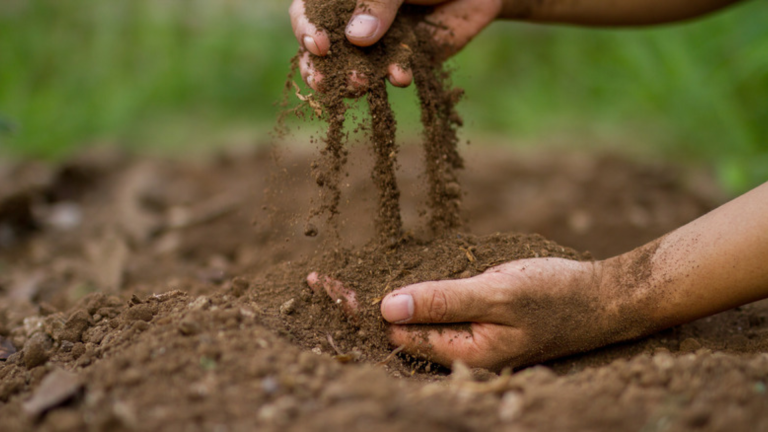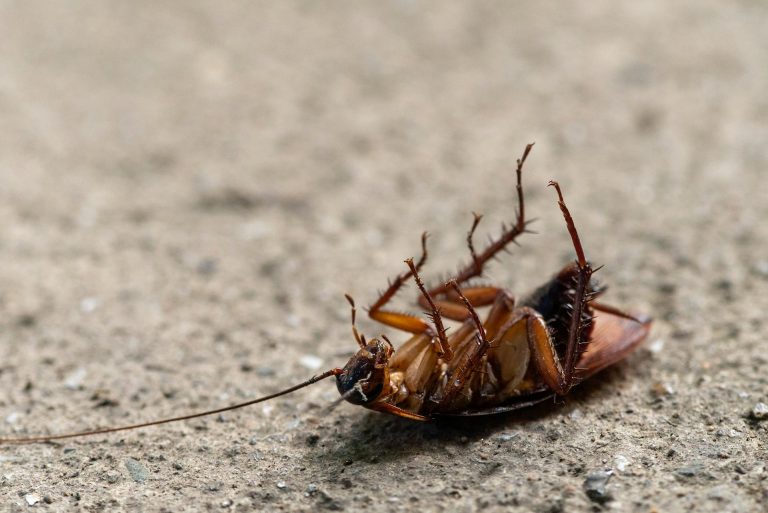If you’re planning a yard project, you might be wondering how many cubic yards are in a ton of topsoil.
I had the same question, and getting it right can really save time, money, and hassle.
If you’re building a garden bed, leveling your lawn, or filling low spots, knowing how much topsoil to order makes things so much easier.
Topsoil is often sold by the ton or by the cubic yard, but these measurements don’t match up exactly. That’s because the weight can vary depending on how wet or compacted the soil is.
In this guide, I’ll break it down in a simple way so you can figure out exactly what you need – no confusing math or tricky terms, just clear steps and tips to help you get your project started right.
Why It’s Important to Know the Conversion
Before you order topsoil for your yard or garden, it helps to understand how tons and cubic yards relate to each other.
These two measurements aren’t the same, and mixing them up could mean buying too much or not enough. Knowing the conversion rate helps you plan more effectively and avoid costly mistakes.
- Saves Time and Money: When you know how much soil you actually need, you won’t waste money on extra material or have to make extra trips to the store or supplier.
- Helps with Planning: Whether you’re filling a raised bed or covering your yard, calculating the right amount means less guesswork and smoother results.
- Good for Any Size Project: Whether small or big, knowing the numbers helps every time.
Understanding the conversion gives you confidence to start your project right and finish it without surprises.
What Is a Cubic Yard of Topsoil?

Before you can figure out how many cubic yards you need, it’s good to understand what a cubic yard actually is. Don’t worry – it’s simpler than it sounds! A cubic yard is just a way to measure volume, or how much space something takes up.
A cubic yard is the space that measures 3 feet long × 3 feet wide × 3 feet high. That’s 27 cubic feet in total.
Think of a large box, about the size of a washing machine. That’s about one cubic yard. It’s also close to the size of a small trailer bed or a large wheelbarrow load – around 9 full wheelbarrows of topsoil.
Once you know what a cubic yard looks like, it’s much easier to picture how much topsoil you’ll need for your project.
How Many Cubic Yards in a Ton of Topsoil?
So, how many cubic yards are in a ton of topsoil? The answer isn’t exact because it depends on how wet or compact the soil is, but there’s a general rule you can follow.
This makes it easier to estimate how much to buy when you’re planning your next garden or landscaping project.
Quick Estimate: On average, 1 ton of dry topsoil equals about 0.67 cubic yards.
Topsoil Weight per Cubic Yard: One cubic yard of topsoil usually weighs between 1.3 and 1.5 tons, depending on moisture and density.
Why It Varies: Wet topsoil is heavier than dry, and compacted soil weighs more than loose soil.
Knowing this basic estimate helps you compare prices and understand how much material you’ll actually get, whether it’s sold by the ton or by the yard.
How to Convert Tons to Cubic Yards of Topsoil
Now that you know what affects the weight and volume of topsoil, I’ll show you how to convert between tons and cubic yards.
Don’t worry – it’s easier than it sounds. With a simple formula and a few examples, you’ll be able to figure out how much topsoil you need for any project.
General Formula for Dry Topsoil
-
Cubic Yards = Tons ÷ 1.5
(This assumes dry, loose topsoil, which weighs about 1.5 tons per cubic yard.) -
Tons = Cubic Yards × 1.5
Example Calculations
-
You have 3 tons of topsoil: 3 ÷ 1.5 = 2 cubic yards
-
You need 4 cubic yards of topsoil: 4 × 1.5 = 6 tons
These simple calculations help you figure out how much to order or how far a delivery will go. Always double-check with your supplier – they may use slightly different weights based on soil type.
How Much Topsoil Do You Need for Your Project?
Figuring out how much topsoil you need can seem tricky, but I’ve found it’s easy with the right formula. It saves time and money, whether you’re filling garden beds, leveling your yard, or laying new grass.
Standard Coverage Guide
-
1 cubic yard of topsoil covers:
– 324 square feet at 1 inch deep
– 162 square feet at 2 inches deep
– 108 square feet at 3 inches deep
How to Measure Your Space
- Measure the length × width × depth (in feet) of the area.
- Multiply them together.
- Divide that number by 27 to convert to cubic yards.
Example:
An area 10 ft × 12 ft × 0.5 ft (6 inches deep)
→ 10 × 12 × 0.5 = 60 ÷ 27 = 2.22 cubic yards
With just a little math, you can order the perfect amount of topsoil and avoid leftover piles or last-minute trips!
What Affects Topsoil Weight and Volume?

Not all topsoil weighs the same. That’s why one ton of topsoil doesn’t always equal the same number of cubic yards. The weight and volume can change depending on moisture, type, and the degree of compaction of the soil.
| Factor | Effect on Weight and Volume | Why It Matters |
|---|---|---|
| Moisture Content | Wet soil is much heavier than dry soil | More moisture = fewer cubic yards per ton |
| Soil Texture | Clay is denser and heavier than sandy or loamy soil | Different types pack and weigh differently |
| Compaction Level | Tightly packed soil weighs more and takes up less space | Loose soil is lighter and fills more volume |
| Added Materials | Mixed-in compost, sand, or gravel changes the overall weight | Affects how much soil you get per ton |
Understanding these factors helps you plan smarter and order the right amount, especially if you’re working with bulk deliveries or comparing prices.
Tips for Buying and Transporting Topsoil
Once I know how much topsoil I need, I like to figure out the best way to buy and move it. These tips help me save money and effort on any garden or backyard project.
Bulk vs. Bags
- Bulk Topsoil: Great for large projects. It’s usually cheaper per cubic yard and gets delivered by truck. Just make sure you have a place to dump it.
- Bagged Topsoil: Better for small areas or raised beds. Easy to carry and store, but costs more per yard.
Delivery Options
- Ask your local garden center or landscaping supply company about delivery by the cubic yard.
- Check if they offer same-day delivery or if you need to order ahead.
- Make sure there’s room for the truck to drop off the load safely.
Planning ahead makes buying and moving topsoil much easier – and helps your project go smoothly from start to finish.
Conclusion
Knowing how many cubic yards are in a ton of topsoil can make your yard or garden project a lot easier.
If you’re planting flowers, leveling a lawn, or building a raised bed, understanding how topsoil is measured helps you plan better and avoid mistakes.
One ton of topsoil is roughly equal to 0.67 cubic yards, but that number can change based on moisture and soil type.
By learning how to measure your space and use simple formulas, you can order just the right amount of soil.
I’ve found it also helps to understand what affects topsoil weight, how to convert between tons and yards, and the best way to buy and transport it.
With this knowledge, you’re ready to take on your next outdoor project with confidence – and get the lush, healthy yard or garden you’ve been dreaming of!













